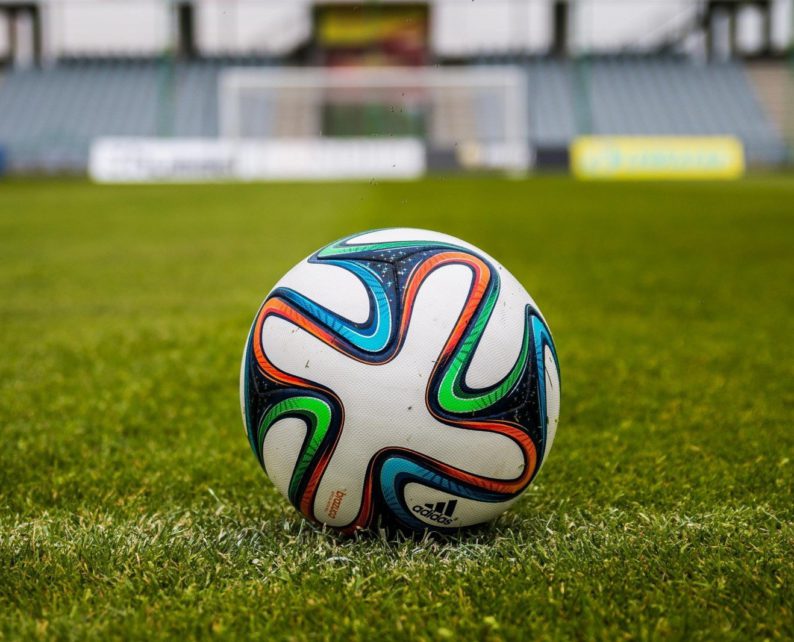Football has always been closely linked to the phenomenon of migration. Since the invention of modern football in England in 1863, humans have been “moving with the ball”, as Matthew Taylor and Pierre Lanfranchi recall in the title of their book published in 2001.[1] And the ball moved very quickly itself, in the suitcases of businessmen and engineers, entrepreneurs and teachers from the British Isles, but also very soon from Switzerland and Central Europe, who spread the game around the world.[2]
The fast dissemination of football was greatly helped by the globalisation wave of the end of the 19th century. International business underwent a massive expansion, for a good part directly linked to the economic and human flows generated by colonialism, but also facilitated by innovations and cost reduction in the field of transport, and by an increasing number of free trade agreements.
In the 150 years of its existence, football has never ceased to be a profoundly cross-cultural social practice, both on the “glamorous” labour market of professional football and on the grassroots level, where it provided an avenue for social integration of different migrant communities:
- As soon as the game was professionalised over the first half of the 20th century, the international circulation of players became a major issue too, especially in Europe, to which foreign players tended to converge. The current figures provided by the CIES Football Observatory in its latest report on expatriate players are impressive and continue to grow.[3]
- All over the twentieth century, labour migration – often, but not exclusively, in the direction of Western Europe – raised the question of the social integration of these migrants and their families in the host societies. There is a consensus today that football, together with other sports and cultural activities on the local level, was one of the major fields of everyday culture in which such integration could be successfully negotiated over longer periods of time.[4]
Today, we live a different age of globalisation, and European countries – many of which had been emigration countries for centuries – encounter a very different kind of human migration flow.
Since 2015 the sudden, massive increase of migration influx to Europe from a large variety of countries of origin, both over the Mediterranean and the so-called “Balkan route”, has confronted the Member States of the European Union with an unprecedented challenge. This is now almost systematically referred to as “the refugee crisis”, which is a somewhat misleading term, since it implicitly blames refugees for the political crisis that their arrival provoked in a Europe that was politically unprepared and not up to the challenge.



